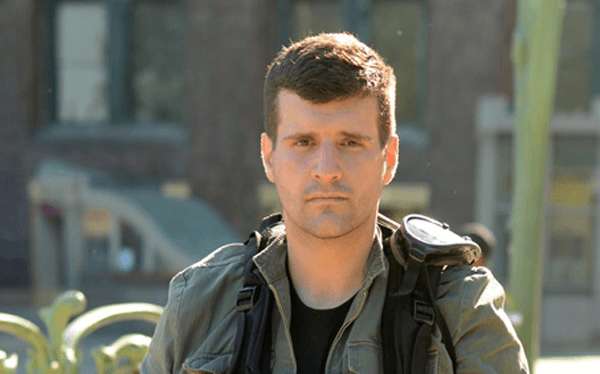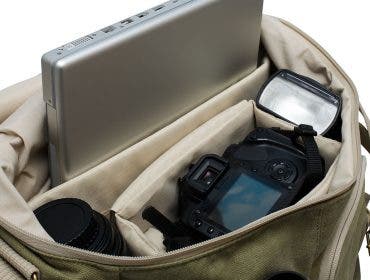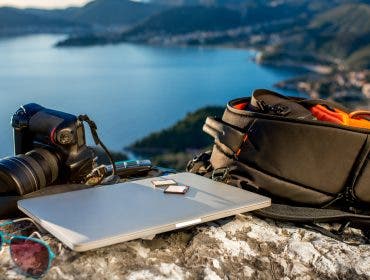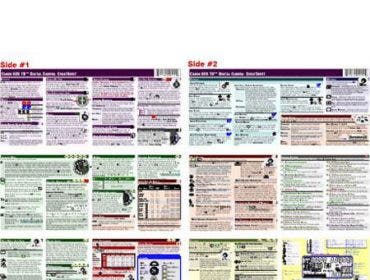I’ve come to realize over the last few years that my gear takes a ton of abuse. Between living in the city, traveling to assignments or while on the job, my cameras, lenses, hard drives and computers are on a daily basis slammed against one another, stuffed into bags, grabbed at, inspected, pawed, and sometimes spit upon. They’ve been subjected to intense heat and open flame, sudden and extreme acceleration (along with just as sudden deceleration) and drops from high areas onto rough concrete.
In short, my gear takes a beating. But the great thing is that there’s a ton of stuff out there to help your stuff survive even the worst of disasters. A little bit of money spent now can help you avoid spending big bucks later. Below I’ve compiled a brief list of the top products and accessories that help me get through the average workday.
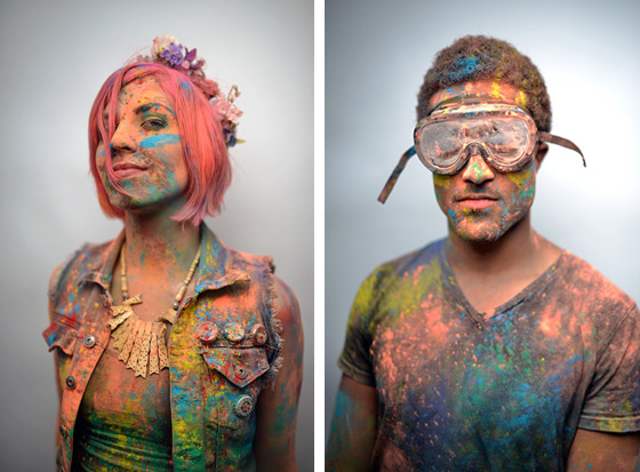
Protecting Your Camera Body
Most camera bodies are reasonably tough out of the box. If you find yourself caught in a light rain, it’s probably not going to ruin your day. That said, it just takes the smallest drop of water in just the right spot to brick your camera. If you don’t want to invest in a bulky weatherproof bag, you can buy somedisposable rain covers for less than ten dollars. They’re small enough that you can fit them in a small pouch or back pocket and forget about them until needed. And trust me, it’s better to have them and not need them than the other way around. During Hurricane Sandy I was so desperate for something to protect my camera that I literally upended a trashcan looking for a plastic bag. These can save your camera, and they’re very easy to shoot through. I also keep acover on my hot shoe. The hot shoe can collect all kinds of moisture, dirt and grime. If you’re not using it, tossone of these onto it and keep the contacts safe.
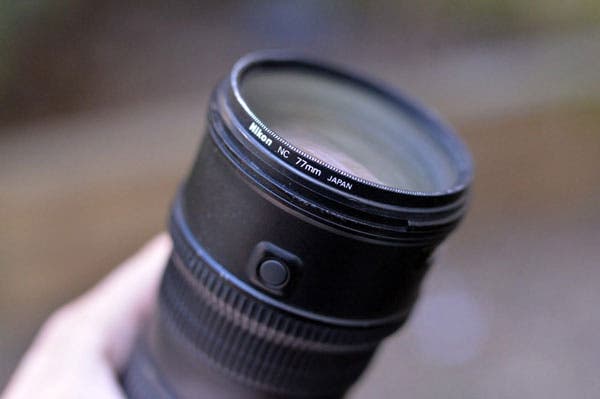
If you’re shooting a Holi Festival of Color, one of these is highly recommended.
Now let’s say your camera does get wet, what do you do? Well, first you should pull out thebattery immediately. Most DSLR’s have a small button battery that keeps the time and dategoing, too you’ll want to yank that one out as well, if possible. In a pinch, you can put thebody into a tupperwear container with a bag of rice, that should suck all the moisture out. The downside is that there’s a very real possibility you’ll end up with dust on the sensor because of this. BRNO makes some great dehumidifying lens and body caps, which solves that problem.
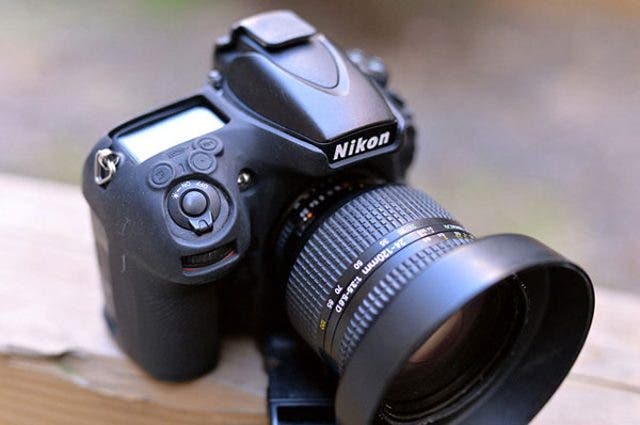
Protecting Your Lenses
Lenses are usually the first thing to take a hit when you drop or bump your camera. Asidefrom keeping a filter on it, consider picking up a LensCoat. The material is thick enough tohelp absorb some of the impact. They’ll also help keep it from getting too scratched up ordinged, preserving the resale value of the lens.
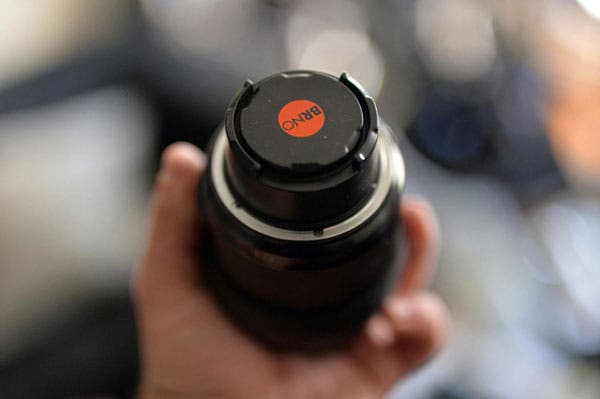
While on the subject of filters get one. And get a good one. I shoot beneath helicopters on aregular basis, and there’s no faster way to kill a lens than to shoot with unprotected glassunderneath that kind of prop wash. The wind generated picks up tiny rocks and debris, actinglike a sandblaster on the glass. Cheap UV filters can diminish the quality of your image, sodon’t chimp out on this. I’ve had good results with B+W, but Tiffen and Hoya are also good
brands.
Protecting Yourself
Let’s face it if your body’s not working the way it should, you’re not going to be getting thekind of images you’ll want. I’ve discovered that there’s a limit to the kind of abuse your bodycan take, so I try to follow a few simple rules in order to keep it functioning.
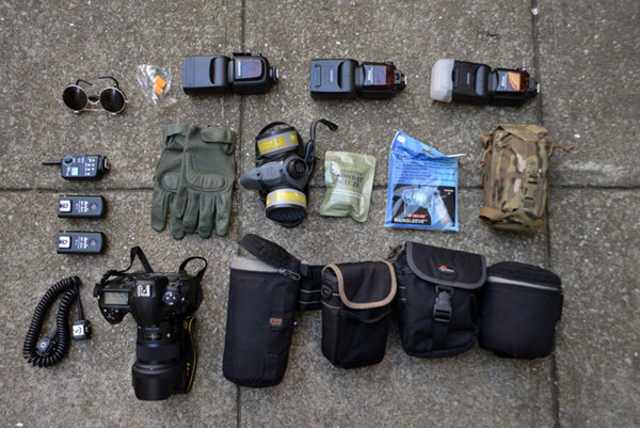
1) Try to pack light. Seriously, I’ve badly strained my knees trying to carry everything but the kitchen sink. Take only what you need. I’ve put together a LowePro modular belt that helps distribute the weight of my gear, and keeps me from going nuts on what to bring. Unless it’s a special sort of job, I only will take what fits in it. For those special jobs, I’ll sometimes use my NewsWear ChestVest. The only downside to it is that…well, it’s a bit too tactical looking for my taste. It’s great, but not great for every job.
2) Kneepads are your friends. If you’re covering a sporting even, concert, or if you’re working out in the field, you’re going to be spending a lot of time working on your knees.
3) Protein Bars will keep you going. There won’t always be a bodega or street meat to turn to.
4) Hydrate, hydrate, hydrate. Because passing out sucks.

So in conclusion: protect your bodies, protect your lenses, protect yourself (not necessarily in that order) and you’ll spend more time shooting, and less waiting for your camera to come back from repairs.
C.S. Muncy is a New York City-based freelance photojournalist with a client list that includes The New York Times, The Wall Street Journal, Newsday, The New York Daily News and The Village Voice. A graduate of the Defense Information School, he enlisted in the United States Air Force in 2002 and is currently a photographer with the 106th Rescue Wing. C.S. is also regular contributor at The Photo Brigade.
